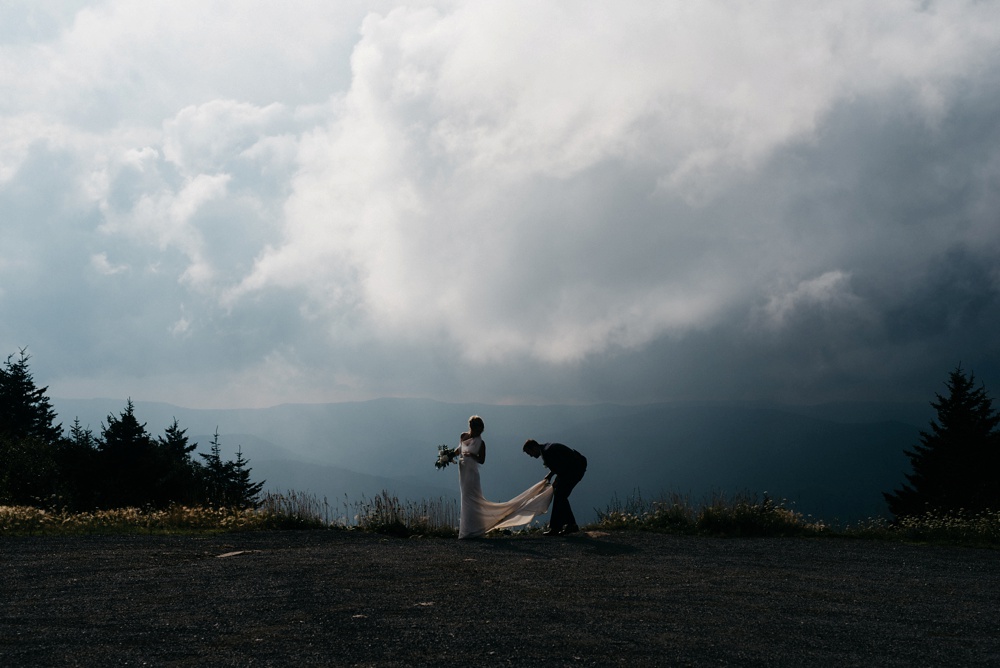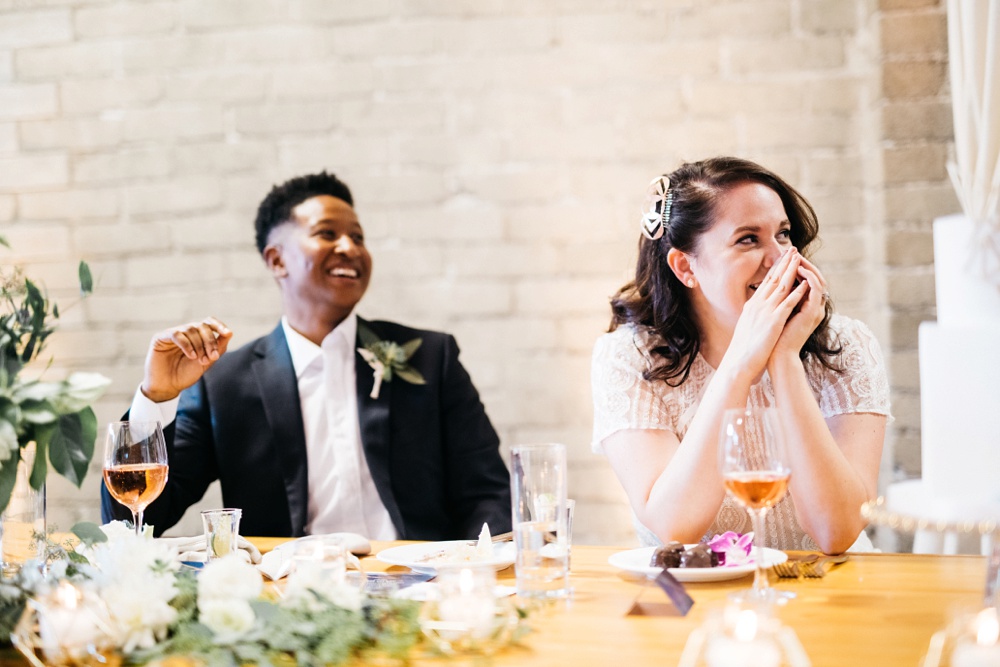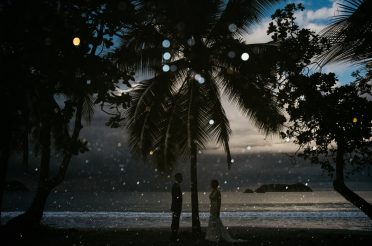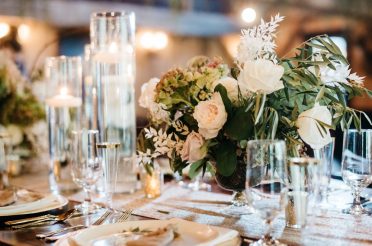
Some of you might already know this, but what one considers fine art photography largely depends on individual interpretation. Generally something artistic is considered pleasing to the eye, but ultimately what’s considered beautiful is different for everyone. When truly trying to understand art, you need to know that all art encapsulates three things. A subject (person/thing/idea), familiar content (the emotional or intellectual message of a work of art), and principles of form (the way a work of art is put together or structured.)
Sometimes an image will meet all the guidelines, but it will be poorly executed. Other times an image will lack some of the expected criteria, but will be awesomely executed. What they say is correct – beauty is truly in the eye of the beholder.

Some photographers would want you to think it’s the medium (the camera or film stock) that makes photography “fine art.” Truthfully it’s so much more than the tools you use. You could still create something that’s considered “fine art” with the worst camera on the market if you have that innate artistic sense.
Being a photographer is one thing, but being a photographer who can create art is something else entirely. To give you an idea of what I mean, most professional photographers can place a couple in a pretty scene and expose the image properly to create a decent image. However, if you’re a couple looking through wedding portfolios you’ll notice that sometimes a set of images will absolutely blow you away or stop you in your tracks compared to another. There are reasons for that. Everyone has their own taste and there are many interpretations as to what art actually is, but if you can appreciate an image for more than just what the picture is of, then you may instinctually know those elements of art and principles of design. As viewers we can avoid the stumbling blocks that come with favoring one style by learning to actually evaluate art.

Having the ability to create something artistic comes naturally, in my opinion, and not everyone has it. I didn’t realize why I liked certain photographs until I was in art school. Learning the elements of art and principles of design and having to apply those in every project – in every class – during art school helped me realize that photography is so much more than a snapshot. Anyone can shoot a wedding and call themselves a wedding photographer, but what specifically makes someone a fine art wedding photographer?

Subject, form, and content are the basic ingredients for any piece of art. It isn’t that these three elements exist that makes a great work of art. Instead, it’s how you organize these elements. Before diving too deeply, rid yourself of the expectation that all images (or any work of art) should follow the same rules. Photography is the perfect example, actually. An image can be judged by how well it represents the scene at hand, but if the objective of art was to make lookalikes then why are some photographers not content with simply pointing and shooting? Some photographers immerse themselves in the how, the way in which one might manipulate a photo to look best. This is achieved through which lenses the photographer chooses, focus blur or depth of field, the importance of light, the use of objects like prisms, and film stock or adjustments made in editing programs.
The moment in which you experiment beyond ordinary appearances is when you become an artist as a photographer.

Earlier I mentioned learning to evaluate art. That starts with the elements of art which include: line, shape, form, value, space, color, and texture. I won’t go into the definition of each, but it’s important to know that these elements all work together in any given image.
As stated earlier – it’s not that these elements exist,
it’s how they’re organized.

Our minds tend to naturally create order out of chaos. The natural desire for order is where our appreciation for form comes from. This idea might help you realize how artists create order by arranging these individual elements to reveal the true work of art. Artists tend to arrange these elements using the principles of design (or organization.) The Principles of design include: proportion, balance, dominance, economy, harmony, and movement.

Ultimately an artist uses intellect as well as intuition. Lots of people can learn the technical aspects of photography, but not everyone has the intuition to create art out of real life moments. When I was in school I learned that when it comes to photojournalism this is called the “decisive moment,” meaning you intuitively know when to snap a picture in order to achieve the best composition.

When we view an image (or an entire portfolio) with knowledge of what went into its creation we’re able to make a more informed decision about someone’s work. This is especially helpful for those in search of a wedding photographer. Knowing why you like something in someone’s portfolio will be helpful in narrowing down your choices.
In “Part 2” of this blog post, I’ll use some of my own images as examples to help you learn why you like certain photographs. If really great wedding photography matters to you, knowing how to evaluate & discuss art will help you in choosing the right wedding photographer for your day. It’s okay if it’s not me. Regardless, I’m providing this resource to anyone who finds it useful!
Once I publish part 2 I’ll link it below. For now, check out some other resources you may find useful in your time of planning:
- HOW TO HELP YOUR WEDDING PHOTOGRAPHER PRODUCE THE BEST IMAGES POSSIBLE
- ENGAGEMENT PORTRAIT TIPS
- HOW TO CHOOSE THE RIGHT WEDDING PHOTOGRAPHER







